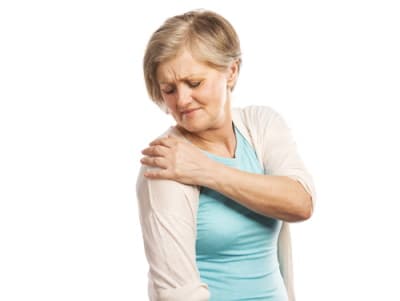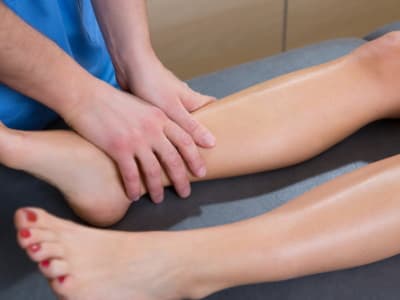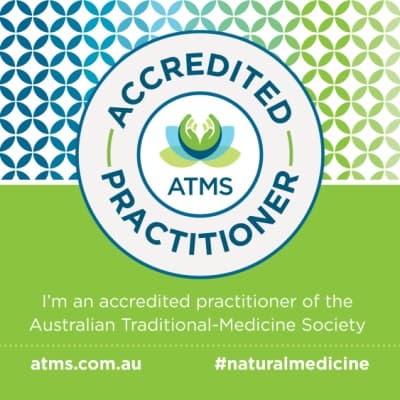
Muscular Causes of Abdominal Pain
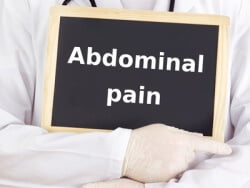
Abdominal pain may be the result of many different conditions. Although seldom acknowledged as the cause of such pain, trigger points (contractions of muscle fibers) in the stomach muscles are often the culprits.
Sometimes you might be able to pinpoint your pain to such a small spot under your skin, which feels very painful when you press on it. It may feel like a bruise or, if it’s bigger, a tiny ball.
On the other hand, other pain that too is a result of trigger points may feel diffuse and hard to locate. You might be convinced it comes from deep inside somewhere, but nonetheless your doctor can not find anything.
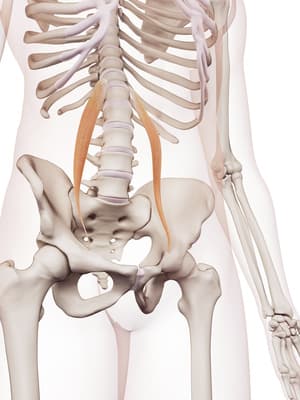
Sometimes you might be able to notice a connection between the pain in your abdomen and either certain movements or different postures, which indicates that tense muscles with trigger points in them are the likely cause.
Muscle pain in the abdomen can result in much needless worry because it can be mistaken for appendicitis, gallstones, peptic ulcers, heart disease, cancer, etc.
Menstrual pain, for example, can be only pain from trigger points which are activated by your period.
Other Symptoms caused by trigger points in the stomach
Abdominal trigger points can not only cause pain but also other symptoms you would not normally attribute to your muscles [1]:
- bloating and gas
- constipation
- belching
- nausea, vomiting or diarrhea
- stomach and bladder cramps
- heartburn, acid reflux
- fullness
- loss of appetite
- etc.
Abdominal muscles are your main postural muscles. If they are tight owing to too many trigger points it’s impossible for you to stand straight for long. Also, you will notice that your pelvis may be tilted forward or backwards, or your midspine sidewards (scoliosis).
Even your intervertebral disks can suffer severely as a consequence of trigger points which have shortened your stomach muscles.
Referred pain from abdominal trigger points
As pain from such tender spots often is referred pain, you may feel pain in your back, groin or thighs, all of which originates in your abdomen.
Trigger Points are nothing serious in themselves, but the pain they cause can be very strong and bring you to your knees.
They can also cause serious postural distortions, stiffness and other problems - which makes massage and trigger point therapy an invaluable tool to optimize your general wellbeing. Read more about these connections here.
References:
Myofascial Pain and Dysfunction, Dr. Janet Travell, Dr. David Simons & Lois Simons,2nd edition, vol 1,1999 [1] page 940

